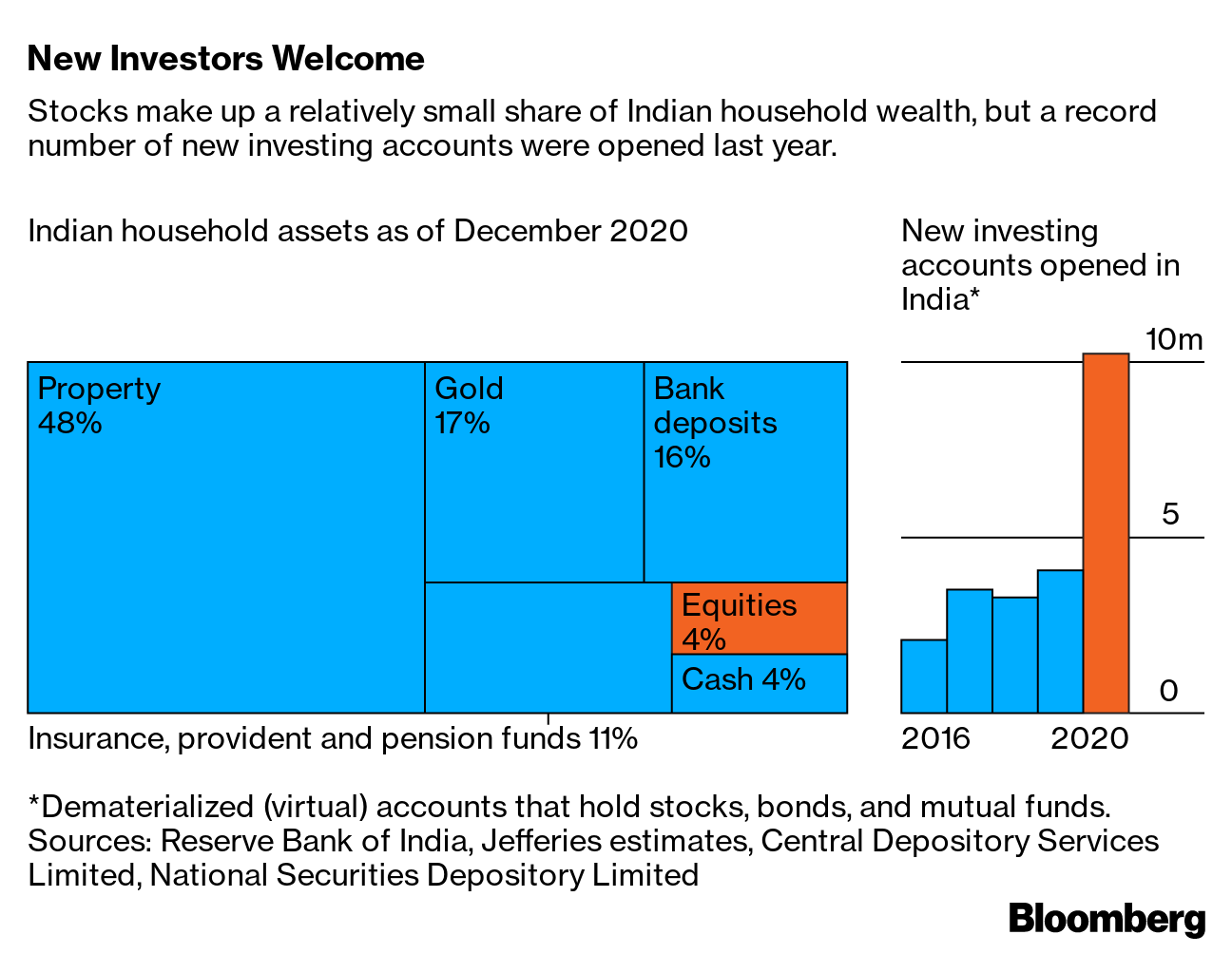
Regions has both overdraft and standard overdraft coverage. This will help you protect your finances from the dangers of an unexpected overdraft. You can first access Regions Overdraft Protection if you are eligible. If you have a large balance you can opt to access Regions Overdraft Protection first.
Cost of overdraft protection
The bank Regions will lower the cost of its overdraft protection, which is now $100 to $10 for customers. Customers will benefit from this change as they can keep more money in their linked account. Bank will also eliminate fees for transferring overdraft protection between linked account. Regions will also allow customers to access eligible direct deposits up until two days before.
Regions Bank is one of the many banks that offers overdraft services for consumers. By law, the bank must ask customers whether they wish to enroll in overdraft protection. This applies to all ATM transactions and one-time debit card transactions. However, some customers didn't opt in.
Benefits of overdraft protection
You might be eligible for overdraft defense if you have an individual checking account with the Regions bank. Overdraft protection lets the bank automatically transfer funds from other regions accounts (e.g. a line credit or credit card) into your checking account if you are about to exceed your limit. This protection is available separately from the standard overdraft protection.

The main benefit of overdraft protection is that you can save money and avoid paying overdraft fees. Overdraft fees can add up quickly, even before your account gets overdrawn. A $4 latte can quickly become a $40 latte, or a $10 lunch can cost you nearly $50 when your account is overdrawn. Overdraft protection is not without its risks.
Overdraft fees - Fees
Regions Bank customers have suffered from the bank's poor practices. The bank was guilty of charging unjustified overdraft fees to customers who didn’t have an overdraft protector plan. Customers also had to pay non-sufficient fund fees for advance products. These fees were refunded to thousands of customers, and the bank was fined $7.5million for its illegal actions.
In a bid to attract customers, Regions is making efforts to lower its overdraft fees. Regions announced recently that it will stop charging fees for transfers of overdrafts from linked accounts. Additionally, it will eliminate all nonsufficient fund fees completely by the end q2 2022. The number of overdraft items allowed per day will be reduced.
Overdraft protection: Waiting period
Regions Bank's new service allows customers to instantly get overdraft protection. This is a credit line. When activated this line becomes linked automatically to the customer's existing overdraft account. Customers can apply online or over the telephone. Customers can also visit a branch to receive the same information.
Customers can also link other accounts to their checking accounts, such as savings and credit lines. This allows Regions the ability to cover any shortfall in a consumer’s check account without having to worry over overdraft penalties. Customers were not offered the chance to decline overdraft coverage and were instead billed upto $36 per additional overdraft transaction.

How to choose whether to sign up in overdraft insurance
Overdraft protection is available to customers of Regions for their checking and savings accounts. In most cases, you can enroll in the program at your local branch or online. Your overdraft protection should take effect within one business day in either case.
Depending on your financial needs, overdraft protection can be a great way to avoid overdraft fees. This service uses funds from another account as a way to pay overdraft fees. Different banks offer different options. All banks have different options. The only disadvantage is that some banks will charge you a fee for this service. This fee is typically much lower than the actual overdraft fees.
FAQ
Do I need an IRA to invest?
An Individual Retirement Account, also known as an IRA, is a retirement account where you can save taxes.
IRAs let you contribute after-tax dollars so you can build wealth faster. They also give you tax breaks on any money you withdraw later.
IRAs can be particularly helpful to those who are self employed or work for small firms.
Many employers offer employees matching contributions that they can make to their personal accounts. This means that you can save twice as many dollars if your employer offers a matching contribution.
How can I invest wisely?
An investment plan is essential. It is important that you know exactly what you are investing in, and how much money it will return.
It is important to consider both the risks and the timeframe in which you wish to accomplish this.
This will allow you to decide if an investment is right for your needs.
Once you have decided on an investment strategy, you should stick to it.
It is better to only invest what you can afford.
Can I lose my investment.
Yes, it is possible to lose everything. There is no 100% guarantee of success. However, there is a way to reduce the risk.
Diversifying your portfolio is one way to do this. Diversification allows you to spread the risk across different assets.
Another way is to use stop losses. Stop Losses are a way to get rid of shares before they fall. This lowers your market exposure.
Finally, you can use margin trading. Margin Trading allows to borrow funds from a bank or broker in order to purchase more stock that you actually own. This increases your odds of making a profit.
When should you start investing?
The average person spends $2,000 per year on retirement savings. Start saving now to ensure a comfortable retirement. Start saving early to ensure you have enough cash when you retire.
You need to save as much as possible while you're working -- and then continue saving after you stop working.
The earlier you start, the sooner you'll reach your goals.
You should save 10% for every bonus and paycheck. You might also consider investing in employer-based plans, such as 401 (k)s.
Contribute only enough to cover your daily expenses. You can then increase your contribution.
Statistics
- They charge a small fee for portfolio management, generally around 0.25% of your account balance. (nerdwallet.com)
- 0.25% management fee $0 $500 Free career counseling plus loan discounts with a qualifying deposit Up to 1 year of free management with a qualifying deposit Get a $50 customer bonus when you fund your first taxable Investment Account (nerdwallet.com)
- An important note to remember is that a bond may only net you a 3% return on your money over multiple years. (ruleoneinvesting.com)
- According to the Federal Reserve of St. Louis, only about half of millennials (those born from 1981-1996) are invested in the stock market. (schwab.com)
External Links
How To
How to get started in investing
Investing is putting your money into something that you believe in, and want it to grow. It's about having confidence in yourself and what you do.
There are many ways you can invest in your career or business. But you need to decide how risky you are willing to take. Some people are more inclined to invest their entire wealth in one large venture while others prefer to diversify their portfolios.
These tips will help you get started if your not sure where to start.
-
Do your research. Find out as much as possible about the market you want to enter and what competitors are already offering.
-
You need to be familiar with your product or service. Be clear about what your product/service does and who it serves. Also, understand why it's important. You should be familiar with the competition if you are trying to target a new niche.
-
Be realistic. Be realistic about your finances before you make any major financial decisions. You'll never regret taking action if you can afford to fail. You should only make an investment if you are confident with the outcome.
-
The future is not all about you. Consider your past successes as well as failures. Ask yourself whether you learned anything from them and if there was anything you could do differently next time.
-
Have fun. Investing should not be stressful. Start slowly and gradually increase your investments. Keep track your earnings and losses, so that you can learn from mistakes. You can only achieve success if you work hard and persist.